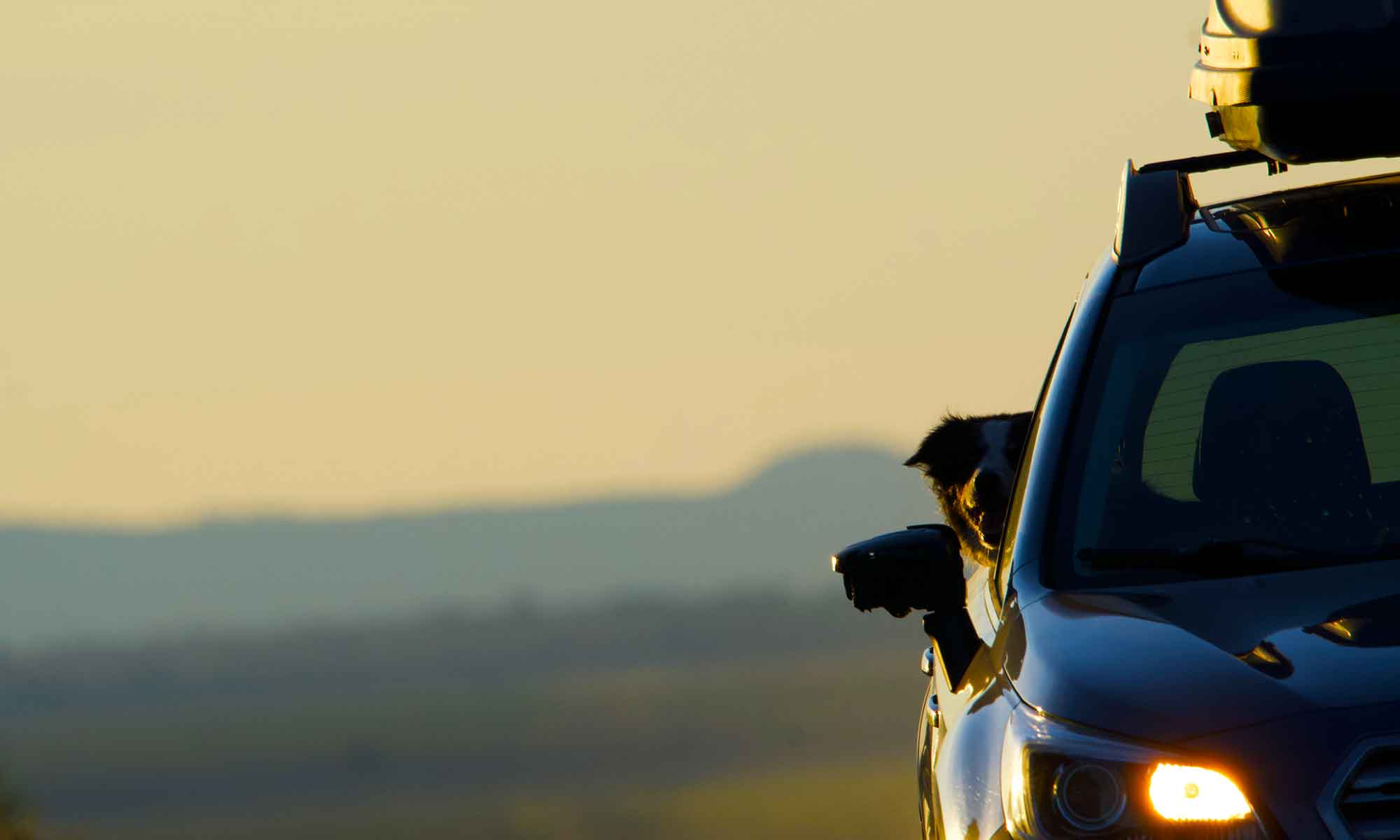
For a flyfisher little compares to plying dry fly to stream. A moment where a fish breaks the surface, hook is set and a flash of silver proceeds your line going taut. Most of us are on the river for that experience.
However, there is a great deal of time when no bugs skitter across the water. The fish are, as any seasoned angler will tell you, always feeding. It’s just most of the time that is done below the surface.
 You can enjoy a good book when there is no hatch. Or, you can employ a wet fly technique of which there are many. The current method we are attempting is “Czech Nymphing.”
You can enjoy a good book when there is no hatch. Or, you can employ a wet fly technique of which there are many. The current method we are attempting is “Czech Nymphing.”
 “… The fly line is hanging under the tip of the rod and its end often does not even touch the water. “
“… The fly line is hanging under the tip of the rod and its end often does not even touch the water. “
The origin of this style of fishing varies, but we kind of like the story about a Polish fisherman who stunned the 1989 World Flyfishing Championship with a very different style of fishing and unique hand tied flies.The beaten Czech team came back in subsequent years and “owned” the technique by basically being better marketers than the Poles.
This week we attended a ‘how-to’ clinic on the Crooked River. Organized by Sunriver Anglers the morning’s lesson was guided by Mary Ann Dozer an accomplished Euro Nympher, fishing guide and a master casting instructor. We had a blast!
 Many fish were hooked. A dozen were actually ‘caught,’ and our education in short line nymphing has started. Along with how to manage line, rod and flies, we also got great pointers on casting, as well as how to read the water.
Many fish were hooked. A dozen were actually ‘caught,’ and our education in short line nymphing has started. Along with how to manage line, rod and flies, we also got great pointers on casting, as well as how to read the water.
The Crooked’s boulder strewn bottom is readable from the surface. As water roils around or flows over structures in the river you can get an idea of sub-surface formation. With that information you can find the best place to toss (cast) your rig.
 This river has long been a favorite place to park our van and fish the tail waters of Bowman dam. The river is known for its Redband Trout population (a subspecies of Rainbow trout). There are a fair number of fish in this river, though most are smaller sized. That said, it’s a much friendlier wade than the Lower Deschutes. Which was particularly true on this day.
This river has long been a favorite place to park our van and fish the tail waters of Bowman dam. The river is known for its Redband Trout population (a subspecies of Rainbow trout). There are a fair number of fish in this river, though most are smaller sized. That said, it’s a much friendlier wade than the Lower Deschutes. Which was particularly true on this day.












